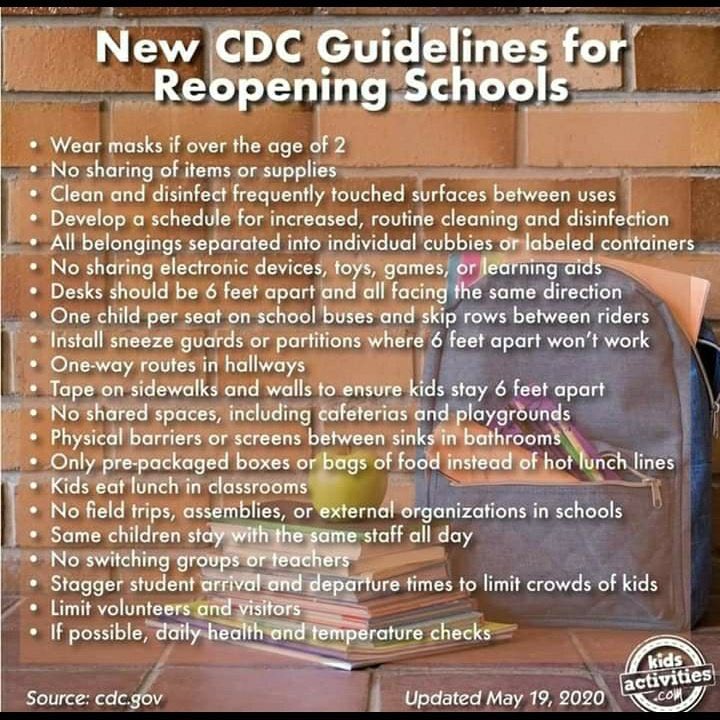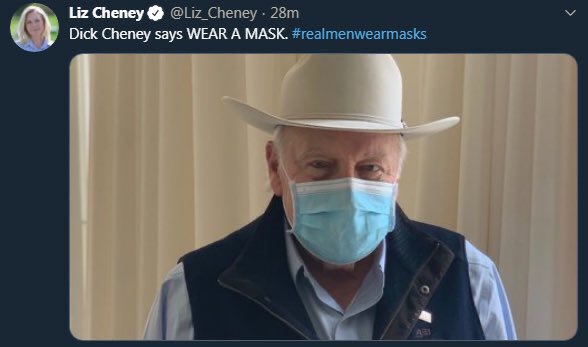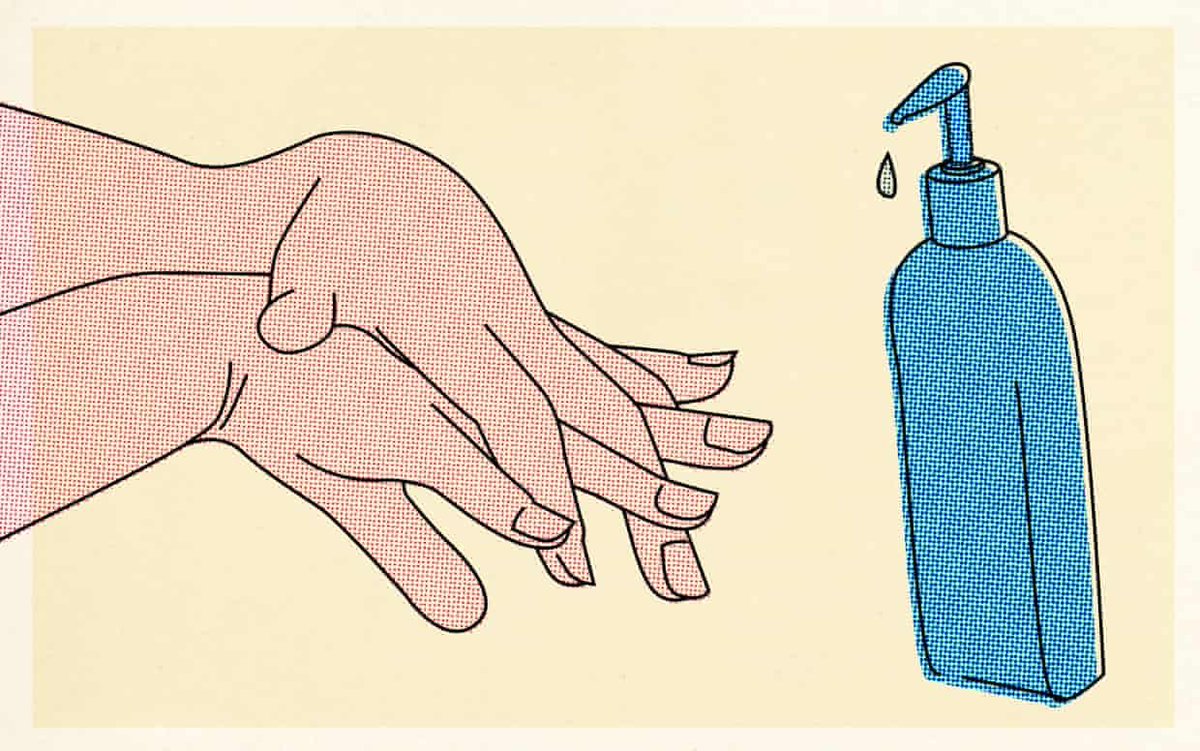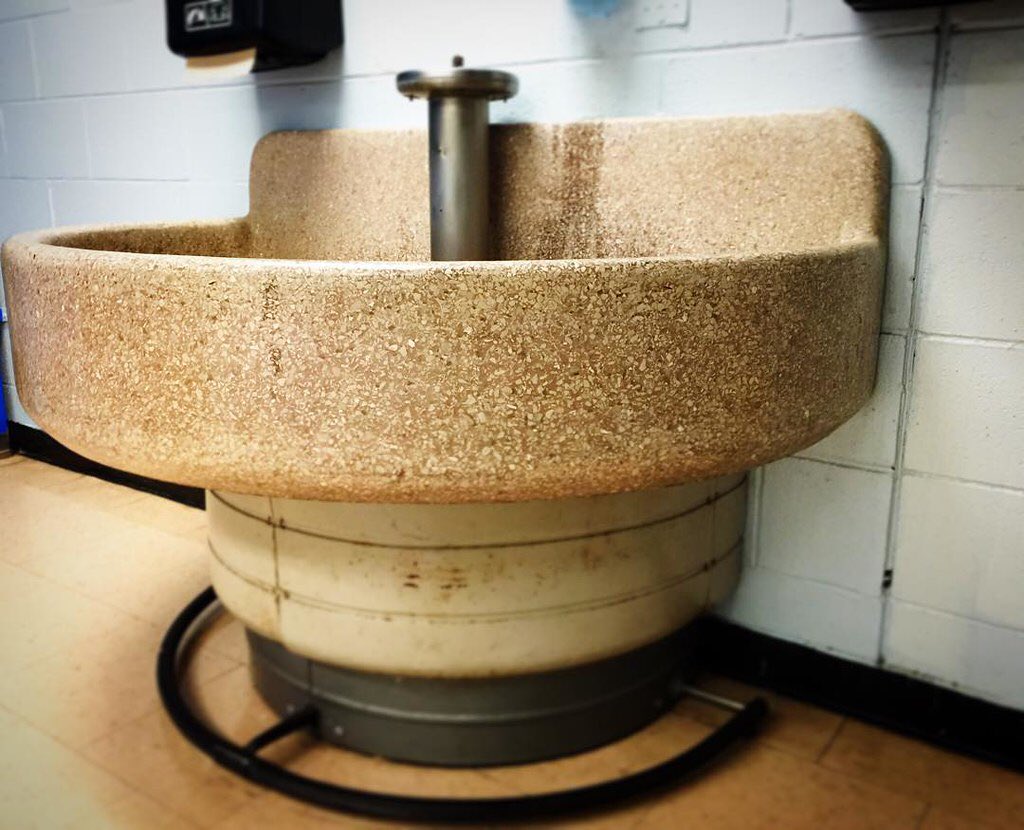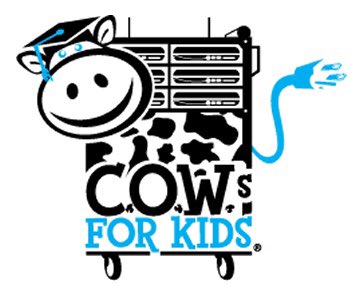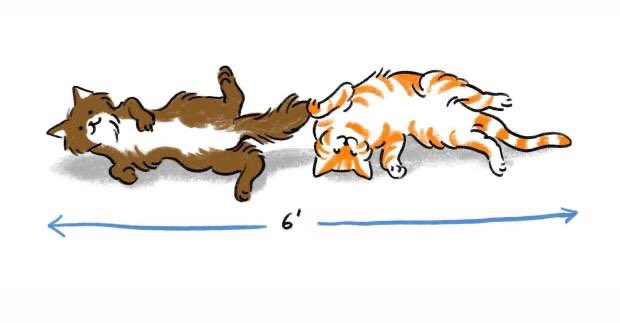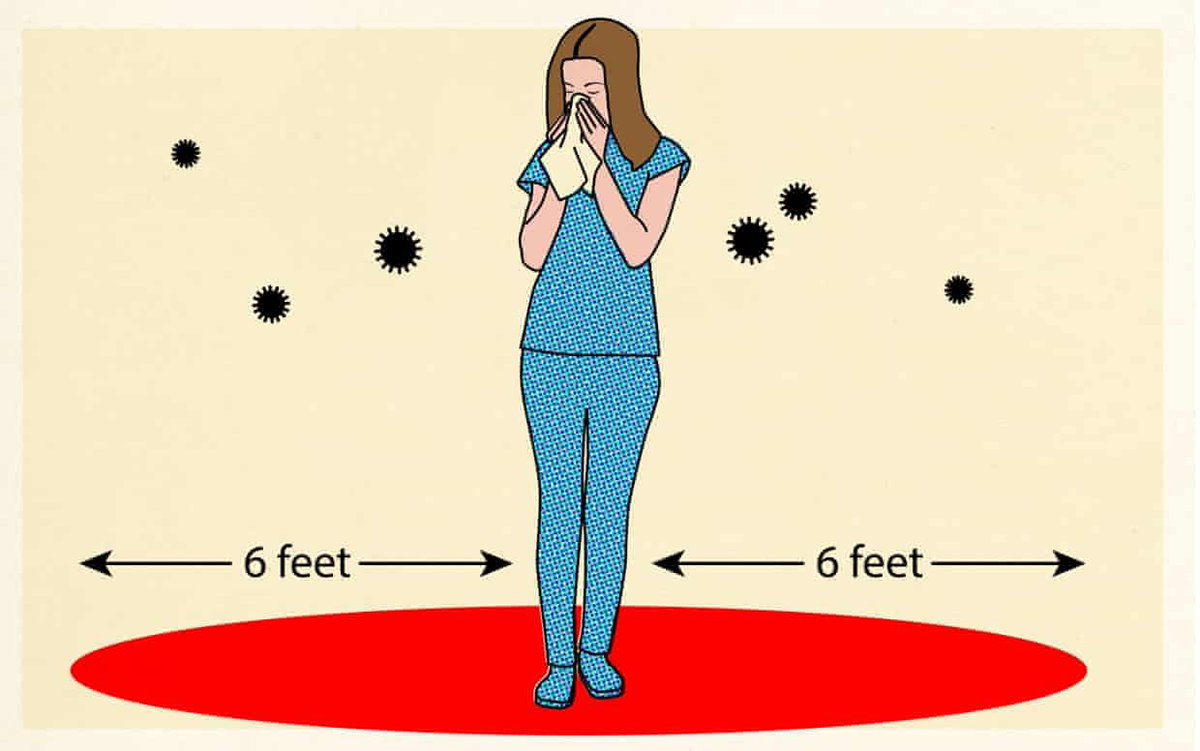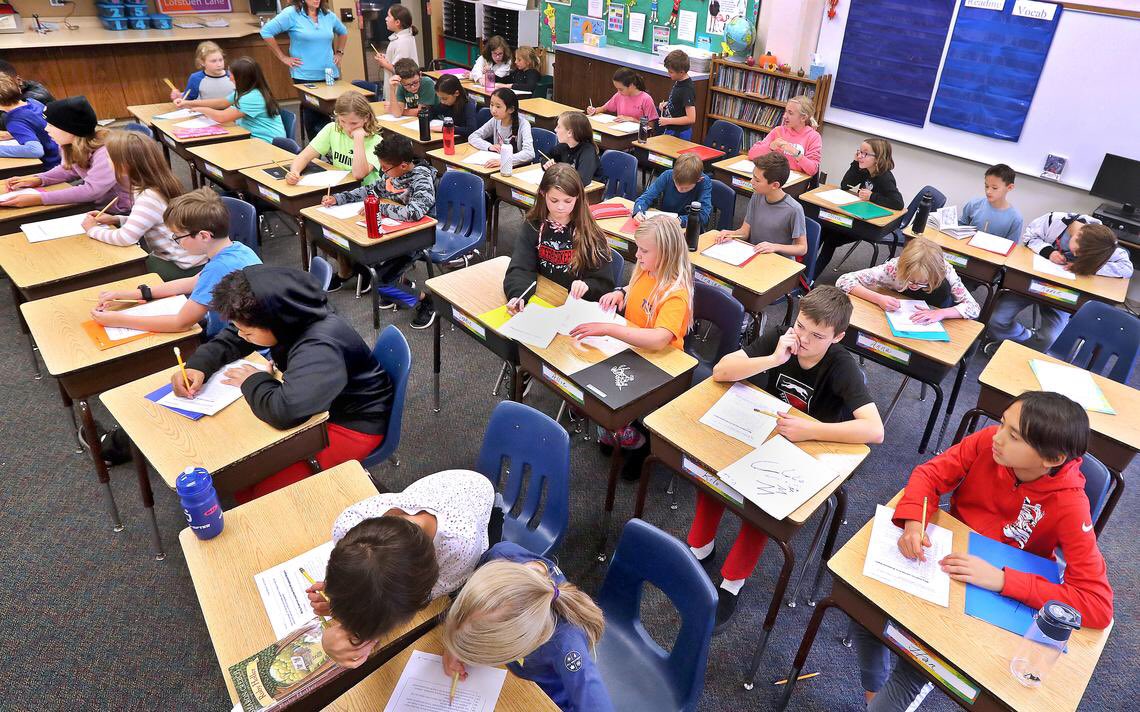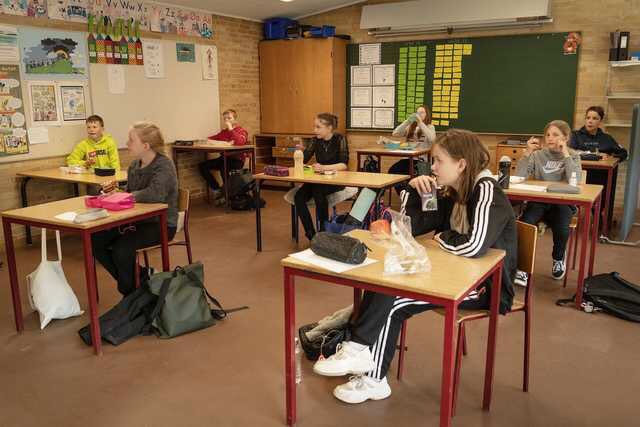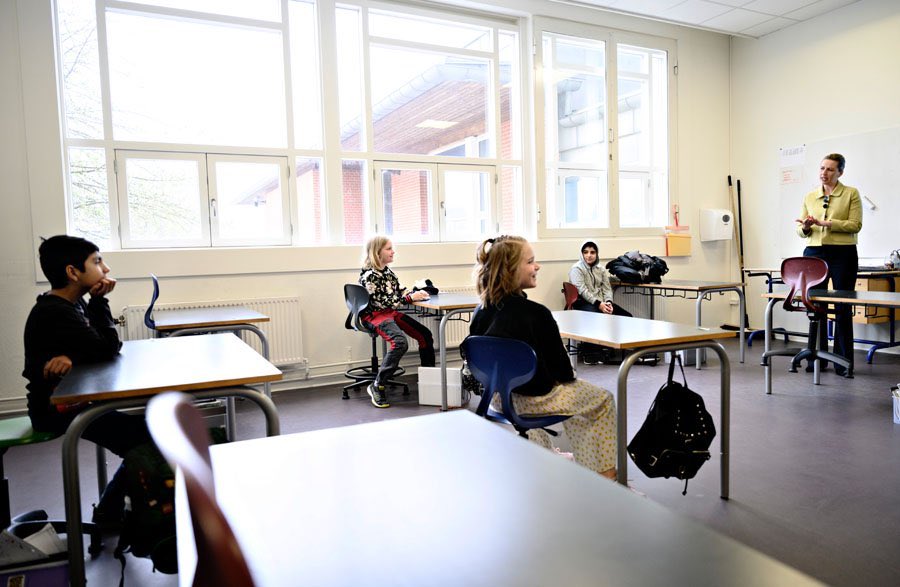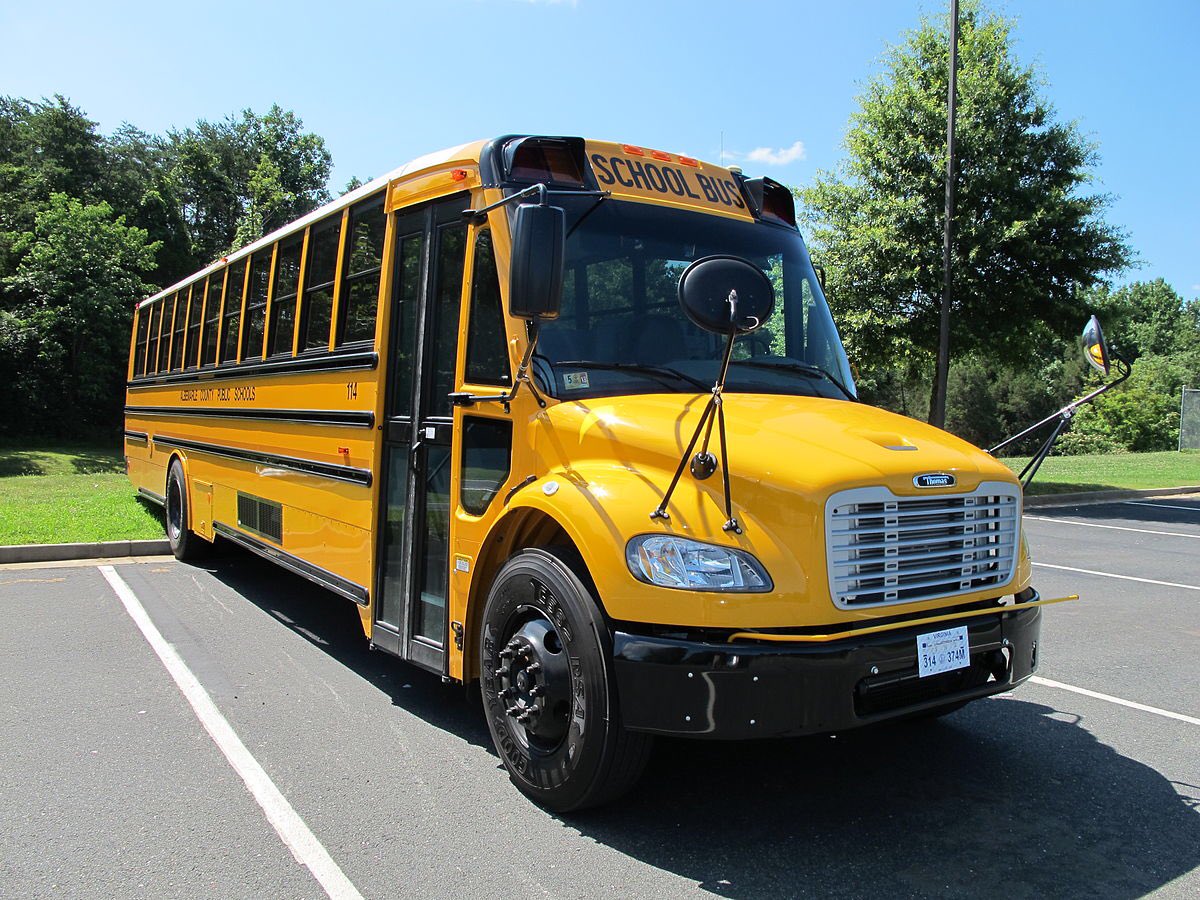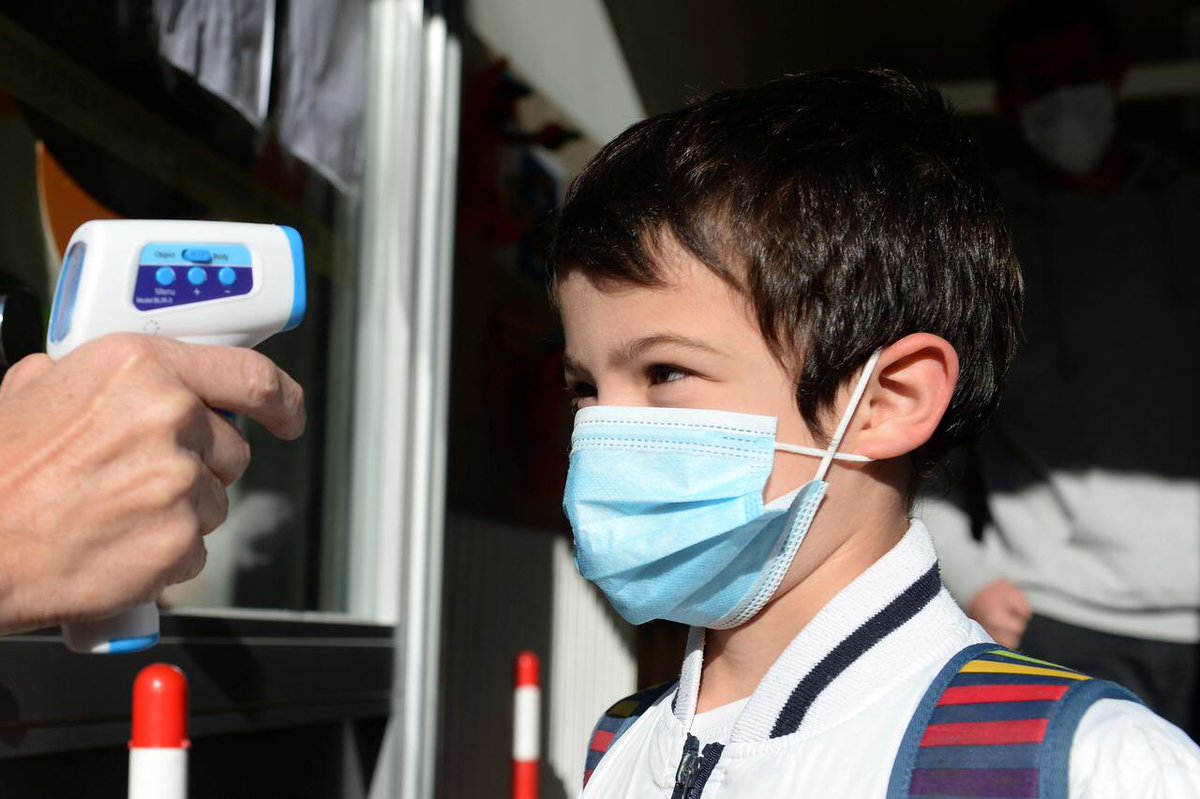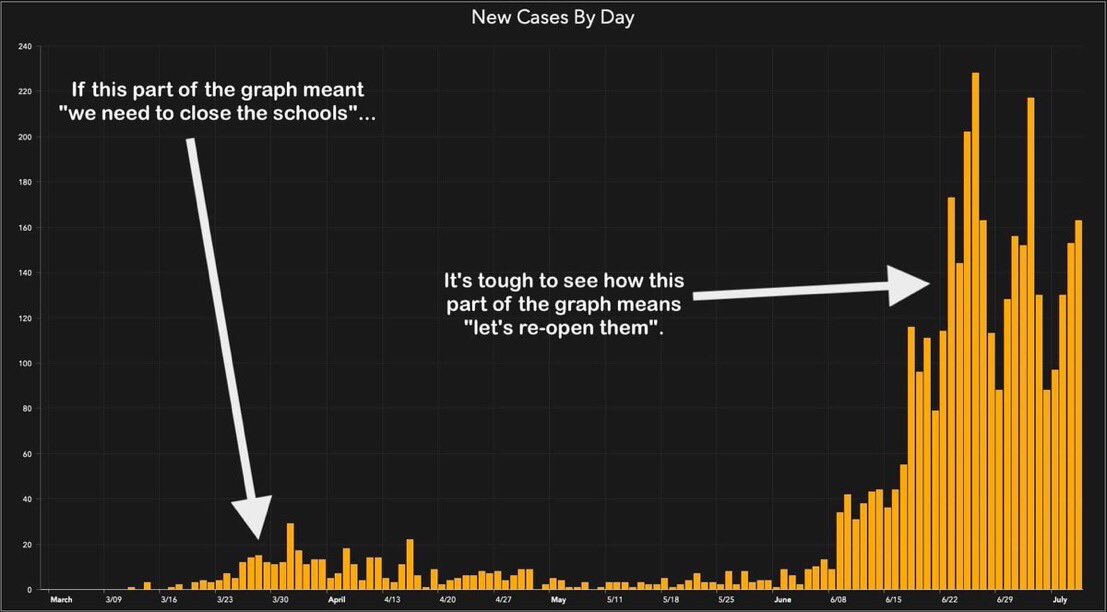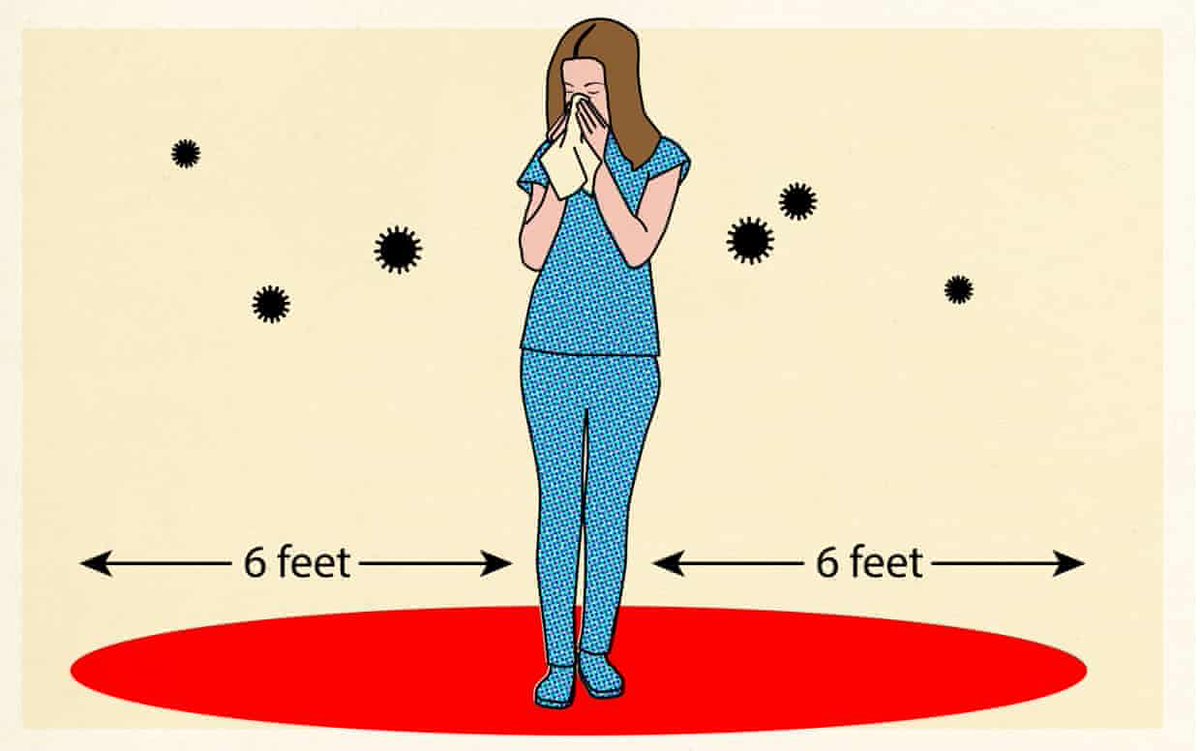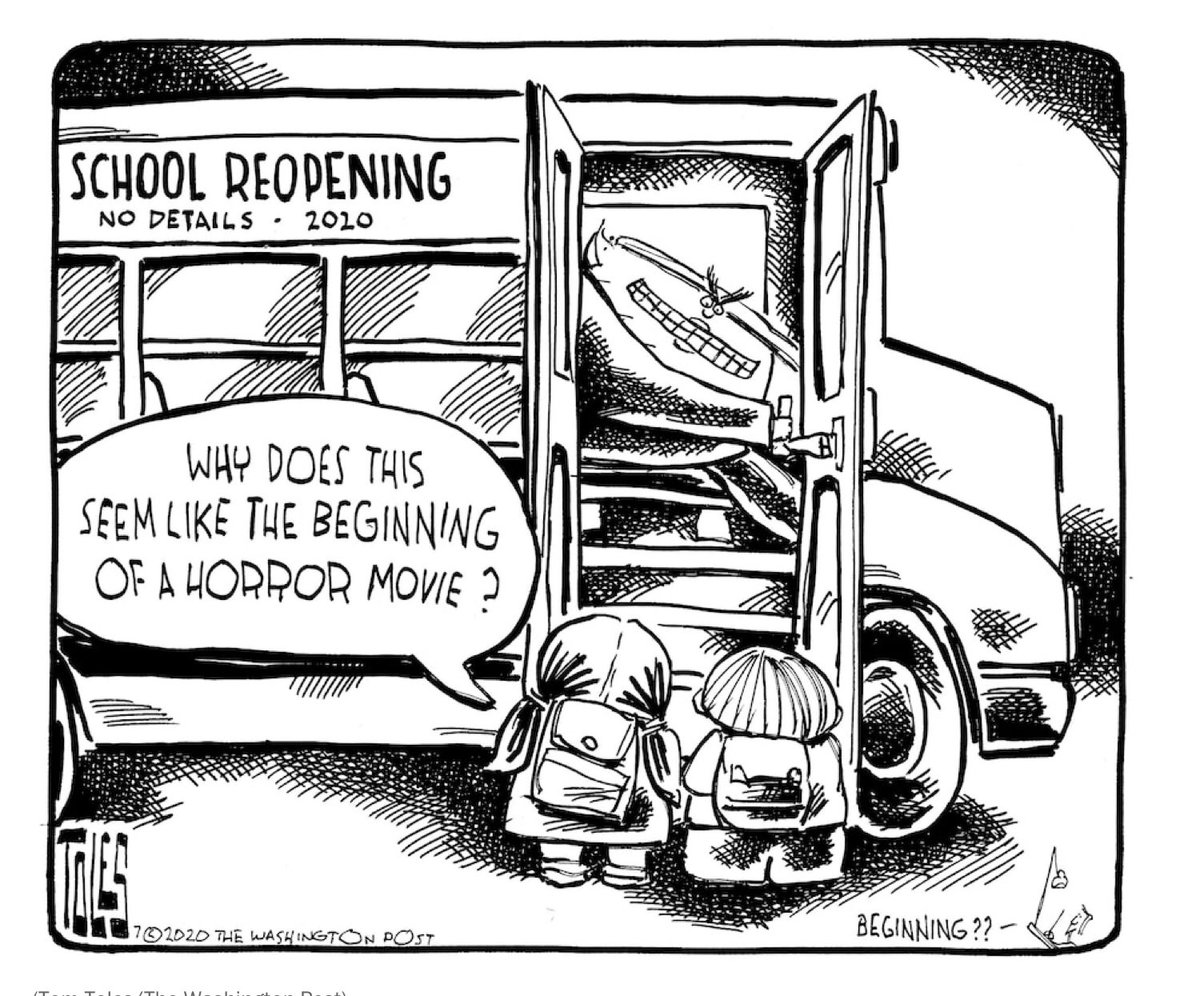Reopening Schools during #COVID
Teachers & staff want to go back to school. You may not believe this but online instruction is actually more difficult & time consuming than providing in person instruction. If you’re a parent or student experiencing distance learning you get this
Teachers & staff want to go back to school. You may not believe this but online instruction is actually more difficult & time consuming than providing in person instruction. If you’re a parent or student experiencing distance learning you get this
Trump wants to re-open schools but hasn’t budgeted to allow this to happen safely. His secretary of education, Betsy deVoss, doesn’t even have a plan for how to accomplish this. They’re threatening to withhold funds from districts that don’t provide in person instruction.
A little thread on what it will take to SAFELY reopen Elementary and Secondary Schools based on CDC Guidelines and using an average size school district of 3,659 students (ASBO* & AASA**)
*Association of School Business Officials
**The School Superintendents Association
*Association of School Business Officials
**The School Superintendents Association
For the uninitiated here are the CDC guidelines. What I’m going to do in this thread is examine each of those guidelines to see how easy it is to meet them & what would have to occur in order to meet the recommendations.
Wear Masks over the age of 2.
Providing students with a daily mask for 183 days would require purchasing 669,597 masks, that’s IF you can procure them. Cost: $148,190.
Providing students with a daily mask for 183 days would require purchasing 669,597 masks, that’s IF you can procure them. Cost: $148,190.
No sharing of items and supplies.
Children are often asked to share school supplies both to save on costs as well as storage space. If this isn’t possible, families & schools will have to pick up the costs. Kids will have to carry these in their already heavy back packs.
Children are often asked to share school supplies both to save on costs as well as storage space. If this isn’t possible, families & schools will have to pick up the costs. Kids will have to carry these in their already heavy back packs.
The average cost for additional supplies is around $669 per student but since it’s tough to figure out how districts, teachers (who frequently purchase supplies for their students - $500 to $1,000 a yr) & parents will split these costs so I’ll leave this out of the final totals.
Clean & disinfect frequently touched surfaces.
Develop a schedule for Increased cleaning and routine disinfection.
The ASBO and AASA estimated this would cost:
Additional Custodial Support $448,000
Hand Sanitizer $39,527
Develop a schedule for Increased cleaning and routine disinfection.
The ASBO and AASA estimated this would cost:
Additional Custodial Support $448,000
Hand Sanitizer $39,527
Schools will also need to provide soap for bathrooms, you won’t believe this but many school districts don’t provide this, much less warm water, no I’m not kidding!
Physical barriers or screens between sinks in bathrooms.
Have you seen school bathrooms, I’m sorry this is laughable. They feature large communal sink areas. Can it be done, yes but the costs will be significant.
Have you seen school bathrooms, I’m sorry this is laughable. They feature large communal sink areas. Can it be done, yes but the costs will be significant.
All belongings separated into individual cubbies or labeled containers.
No sharing of electronica devices, toys, or learning aids
Many districts don’t have individual computers or calculators for every child, instead they utilize Computers On Wheels) that roll from class to class
No sharing of electronica devices, toys, or learning aids
Many districts don’t have individual computers or calculators for every child, instead they utilize Computers On Wheels) that roll from class to class
CDC Guidelines precluded sharing of electronic devices. So many districts will either have to limit use of technology or expand computer purchases. This is costly no matter the choice.
Desks should be six feet apart facing the same direction.
Schools are by design based on large class sizes, most districts have class sizes that average out at about 30. Some classes are larger, music, PE, & FACs classes are often considerably larger.
Schools are by design based on large class sizes, most districts have class sizes that average out at about 30. Some classes are larger, music, PE, & FACs classes are often considerably larger.
This doesn’t mean that the actual physical classrooms are large. I once taught a group of 46 kids in a 12x16 foot room. Kids had to sit on the floor, at my desk and on top of the book cases. That is par for the course in many districts.
But let’s be generous, the recommended size for an elementary classroom is 900 feet, for secondary schools it is 1024 square feet. Allowing for distancing guidelines & minimum furniture requirements this allows for a maximum of 12-15 students per room.
Most schools operate class sizes at 30 students per class. If you are going to drop class sizes down to appropriate levels it will require either doubling the staff or not having every child attending on every day.
Let’s talk about doubling instructional staff. The AASA says salaries account for 67% of a school districts instruction budget. If you have to double the staff you will have to expand the budget. And you still do not have a place to put them because the building isn’t big enough.
One child per seat on school busses skipping rows. Most school districts run transportation routes based on 2-3 kids per seat/ filling every row. Districts would have to expand their bus fleets or run more routes (in 2015-2016 buses cost $25,331,812,000 or $982 per child).
Stagger student arrival and departure times to limit crowds of kids.
This is workable but will result in expanded transportation costs, see the previous tweet.
This is workable but will result in expanded transportation costs, see the previous tweet.
No shared spaces including playgrounds and cafeterias.
There will be no gym or extracurricular activities, as such as sports will probably have to be canceled.
There will be no gym or extracurricular activities, as such as sports will probably have to be canceled.
No shared spaces including playgrounds and cafeterias.
It also means no library use although librarians could deliver books to the classroom. The biggest impact here other than a lack of recess or gym classes, is the impact on school breakfasts & lunches.
It also means no library use although librarians could deliver books to the classroom. The biggest impact here other than a lack of recess or gym classes, is the impact on school breakfasts & lunches.
Only prepackaged foods or bags and boxes instead of hot lunch lines.
Kids eat lunches in classrooms.
Kids eat lunches in classrooms.
Students eating in their classrooms may not seem like a big deal, but in 2018 the national school lunch program provided low cost or free lunches to 29.7 million kids DAILY at a cost of $13.8 billion. These meals are often the only hot food kids get & they are essential.
Same children stay with the same staff all day long.
No switching groups or teachers.
While this might work in elementary schools & possibly in middle schools, high school teachers are subject matter specialists.
No switching groups or teachers.
While this might work in elementary schools & possibly in middle schools, high school teachers are subject matter specialists.
Same children stay with the same staff all day long.
No switching groups or teachers.
The only way to do this at the HS level is to go to ALL day instruction in one subject where students take one class for 3- 4 weeks & you still can’t have every kid there every day.
No switching groups or teachers.
The only way to do this at the HS level is to go to ALL day instruction in one subject where students take one class for 3- 4 weeks & you still can’t have every kid there every day.
If possible, daily health and temperature checks.
To say that this will slow entry into the school and require long lines at the door is an understatement. You will also have to beef up your nursing staff or other staff to check the kids temperature as they enter the building.
To say that this will slow entry into the school and require long lines at the door is an understatement. You will also have to beef up your nursing staff or other staff to check the kids temperature as they enter the building.
Bottom line, the most charitable analysis of the increased costs associated with reopening are astronomical and unsupportable by school districts who are already reeling from state budget cuts and decreased local revenue.
The ASBO & AASA analysis indicates that at a minimum an average districts cost to reopen would be:
Hand Sanitizer $39,527
Masks $148,190
Additional Custodial Support $448,000
But WAIT there’s MORE!
Hand Sanitizer $39,527
Masks $148,190
Additional Custodial Support $448,000
But WAIT there’s MORE!
Add in other additional costs and the total comes to $1,778,139 PER SCHOOL!!
And that’s for an AVERAGE school district. Districts like New York, LA and Chicago are 100 - 300 times larger!
And that’s for an AVERAGE school district. Districts like New York, LA and Chicago are 100 - 300 times larger!
Public schools received less than 1% of the first round of stimulus package. If this administration wanted to make reopening schools a priority they should’ve budgeted to allow schools to do so safely!
Before I close I want to address the risks to the 3 groups most impacted by the decision about whetheror not to reopen schools: teachers/staff, children and their parents.
According to a Kaiser Family Foundation Study, 1 in 4 teachers are at a higher risk of becoming seriously ill if they contract coronavirus. 1.5 million teachers are over 65 or have health conditions that can make them more vulnerable to coronavirus.
In Arizona 3 teachers shared a classroom, they ALL got #coronavirus one of them died. https://www.cnn.com/2020/07/12/us/arizona-teachers-coronavirus/index.html">https://www.cnn.com/2020/07/1...
America has a teachers shortage, many schools can’t find teachers to fill key classes, reopening without appropriate precautions jeopardizes teachers lives.
It won’t just be teachers who catch #coronavirus in Israel they reopened schools prematurely and #COVID19 cases spiked. https://www.ft.com/content/224fa625-657c-4ffb-a6a0-a40e04d685b9">https://www.ft.com/content/2...
Kids will take the virus home with them and they will give it to their parents. Ask any parent if during their child’s school years they got a letter about lice. And lice aren’t aerosolized!
Here is the point, everyone wants to get back to normal but we can only do that if we do it safely and there isn’t a budget to make that happen. Don’t risk kids, their parents and their teachers lives by reopening unsafely.
#COVID19
End.
#COVID19
End.

 Read on Twitter
Read on Twitter